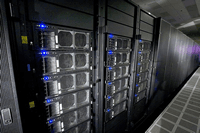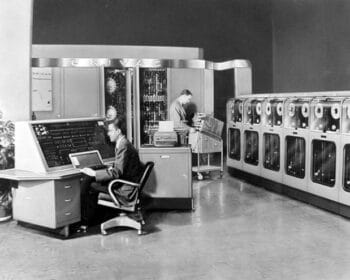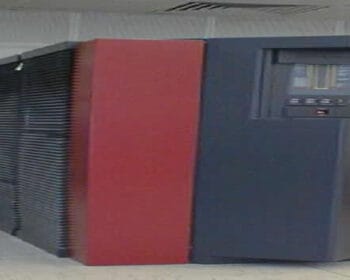IBM RoadRunner

The IBM Roadrunner is a supercomputer built for the Los Alamos National Laboratory and is the world’s second fastest supercomputer and the first supercomputer to boast petaflop performance. A unique system built with off the shelf parts, it achieved 1.026 petaflops on May 25th, 2008. Costing $133 million, it’s also…








